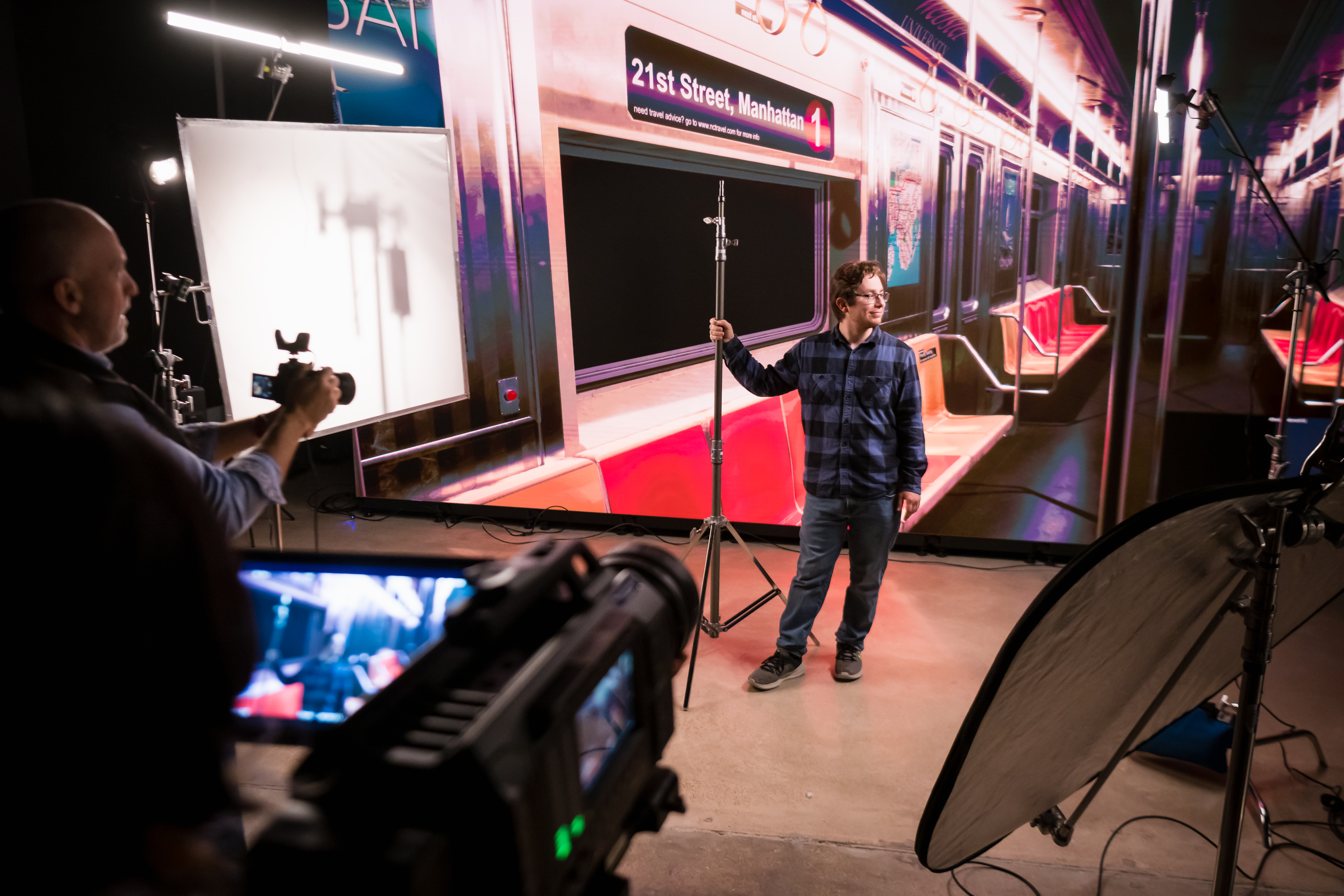
LOS ANGELES—Webster University relied on ARwall for the virtual tools needed for its new virtual production facility, one of the first schools in the Midwest to have a virtual studio.
“Virtual production is now an integral part of the overall production landscape, so future professionals should learn these techniques in the same ways as they learn about photography, lighting, editing and other filmmaking processes,” said Eric Rothenbuhler, Dean of the School of Communications, at the university.
“The industry is always evolving and we want to make sure our students have access to cutting-edge, innovative tech that will set them up for success in their careers.”
Working with LED manufacturer Absen, ARwall delivered the virtual tools that featured a new 20-foot-by-12-foot, 1.5mm pitch Absen AX Pro LED wall and ARFX Pro Server System. ARFX Pro Plugin technology requires no coding or 3D design knowledge, which greatly increases its usability, according to ARwall, which has been named a Metaverse 100 XR technology company.
The system gives students access to the same virtual production tools used in professional studio projects, it said.
Niche.com ranks Webster University in the Top 50 Best Colleges in Film and Photography in the United States. The school provides students with a hands-on approach to learning.
“Webster University is full of people eager to take advantage of this tech and move production control further into the hands of creatives and filmmakers,” said ARwall DEO and co-founder Rene Amador.
The professional video industry's #1 source for news, trends and product and tech information. Sign up below.
“Students can finally realize the projects they couldn’t create before. It’s so important to get hands-on experience when you’re studying. Having access to the same tools used on major productions will no doubt open many doors for these students.”
More information is available on the company’s website.
Phil Kurz is a contributing editor to TV Tech. He has written about TV and video technology for more than 30 years and served as editor of three leading industry magazines. He earned a Bachelor of Journalism and a Master’s Degree in Journalism from the University of Missouri-Columbia School of Journalism.

